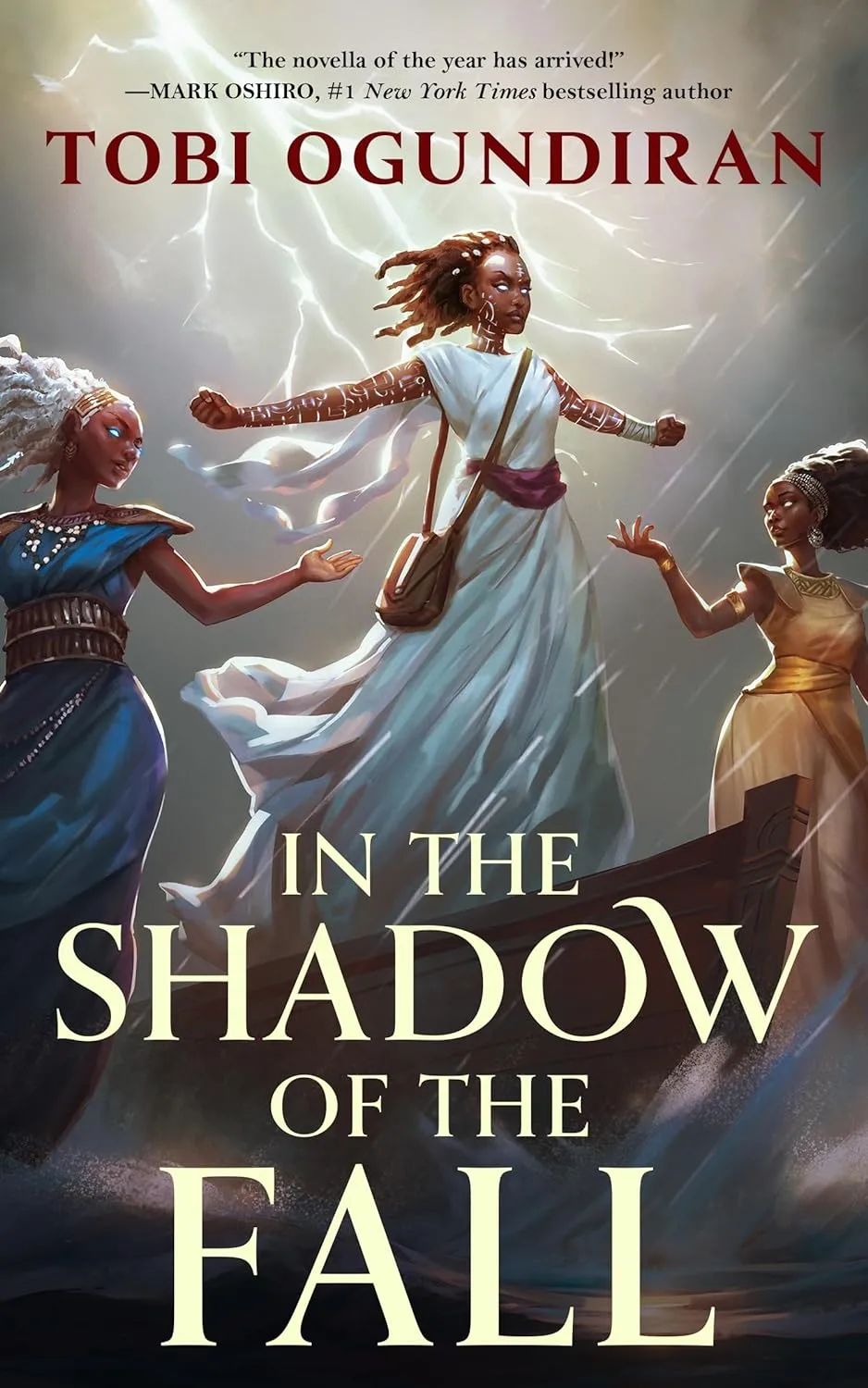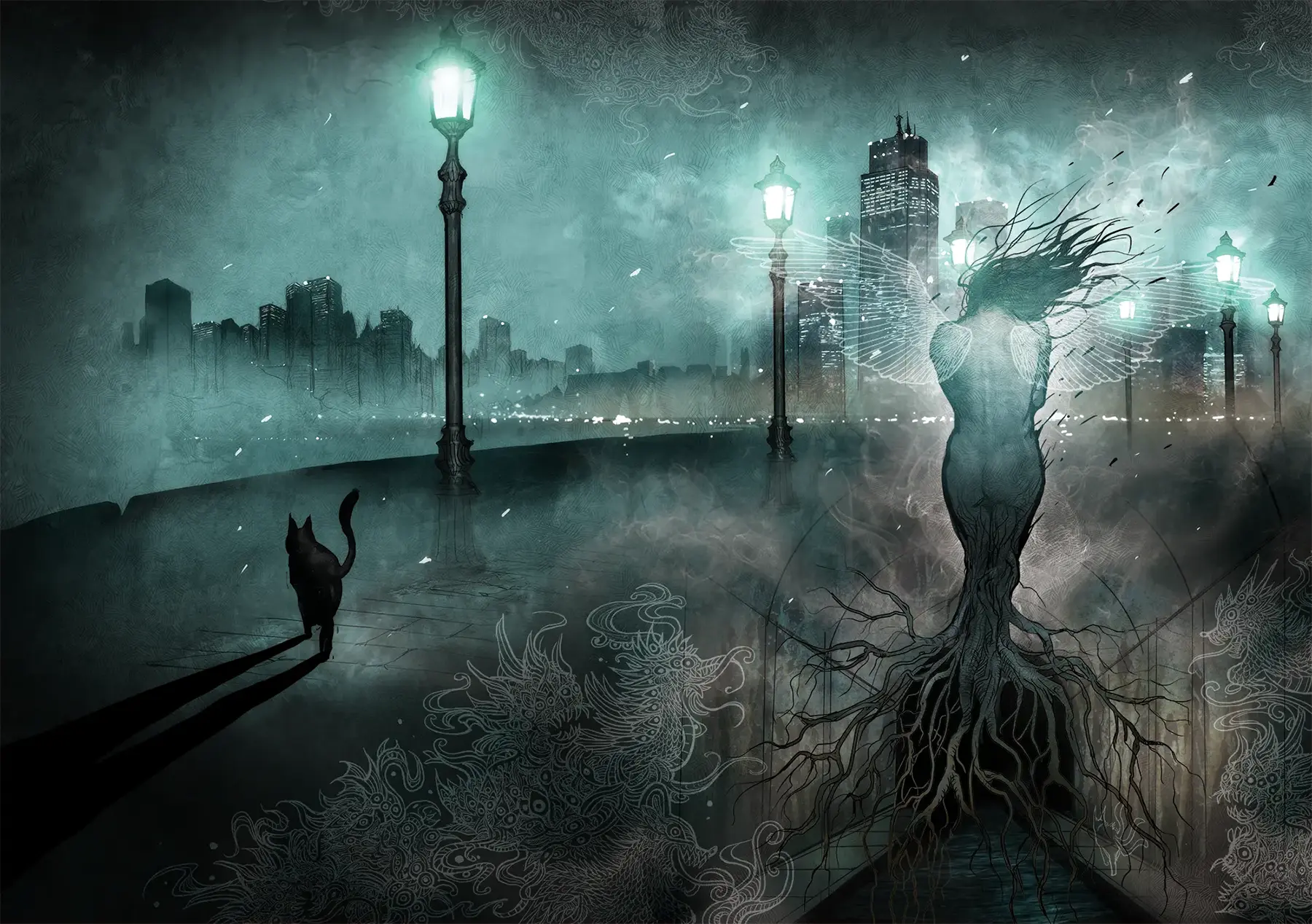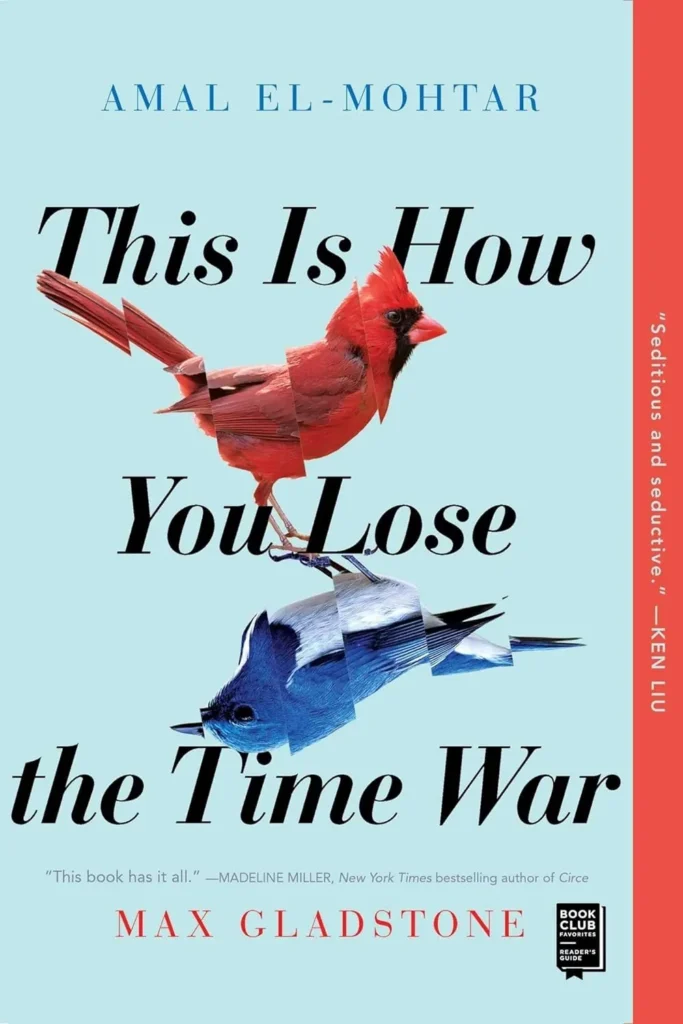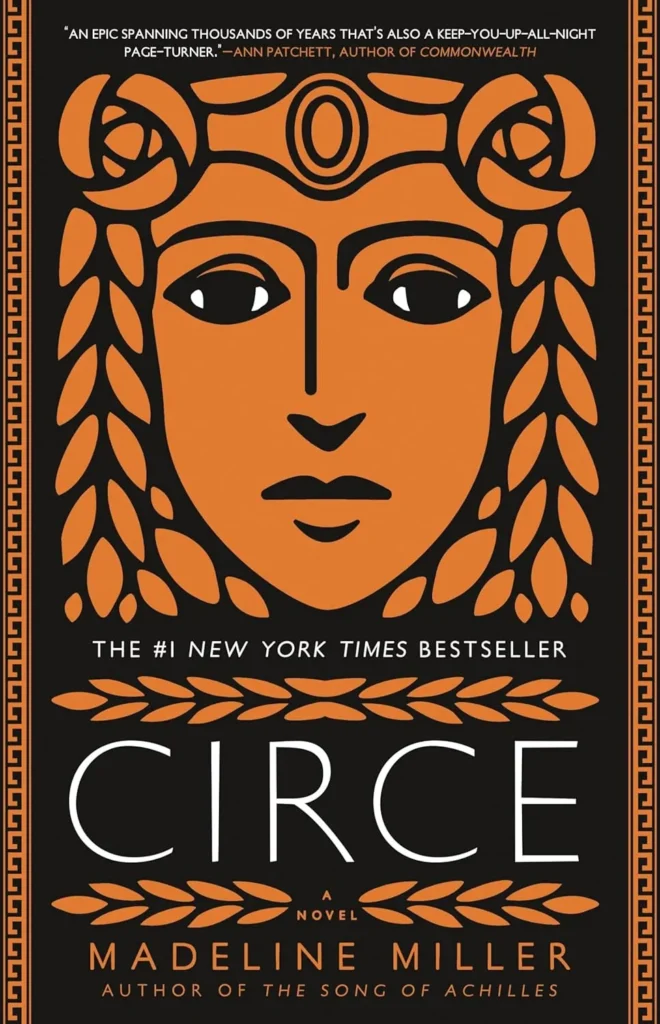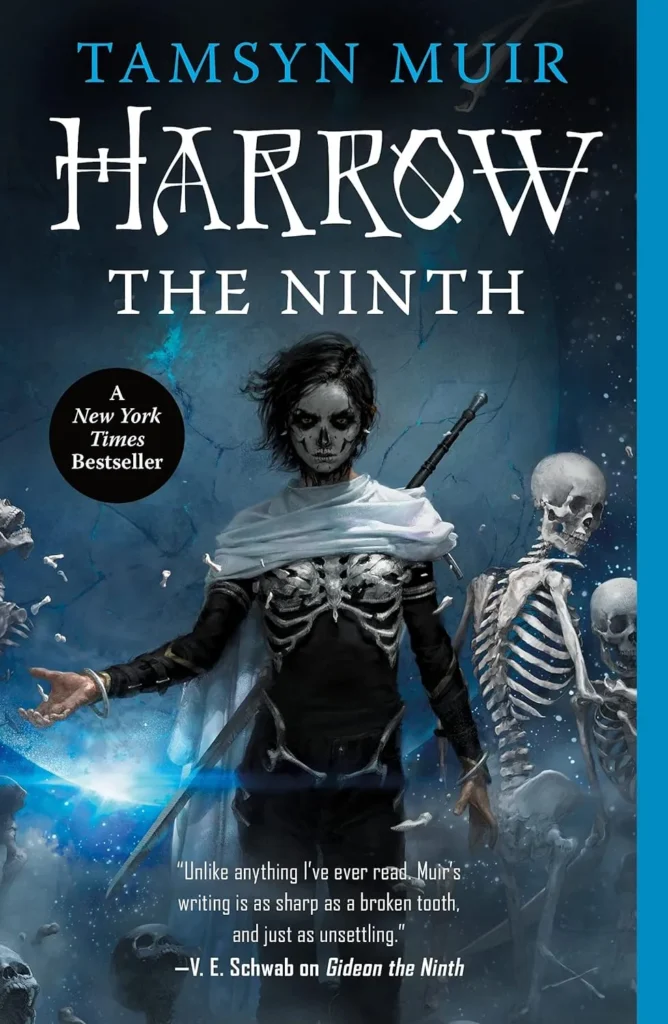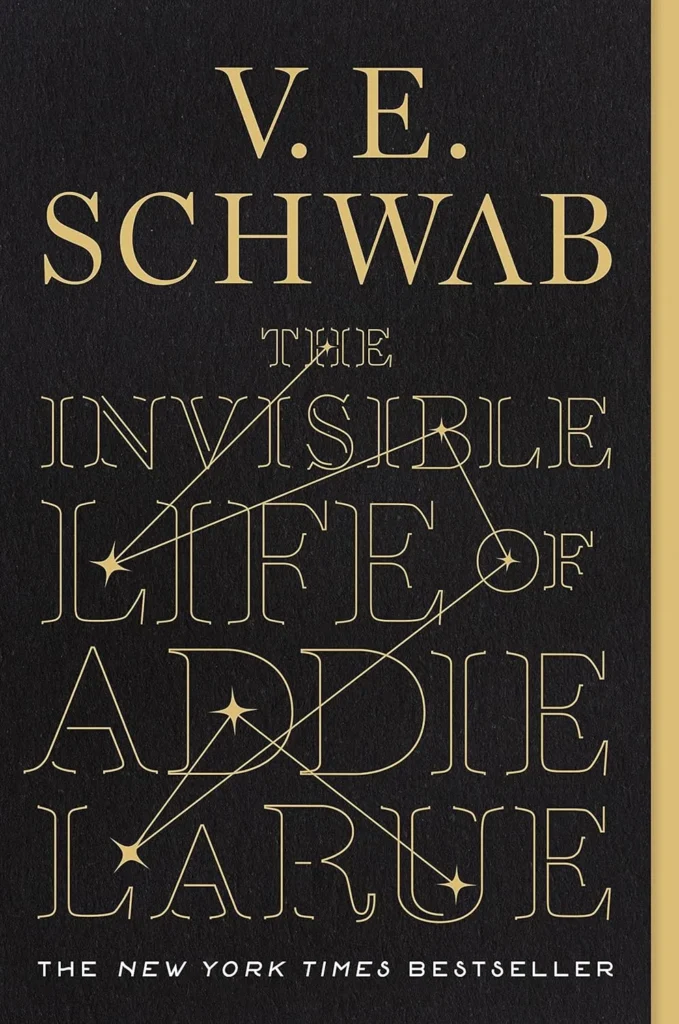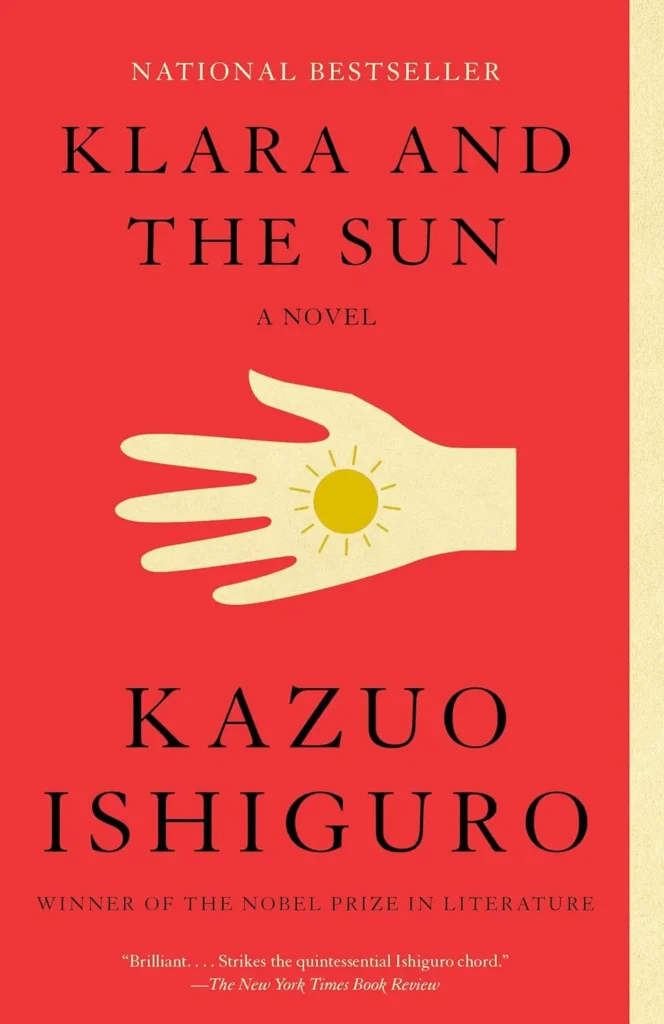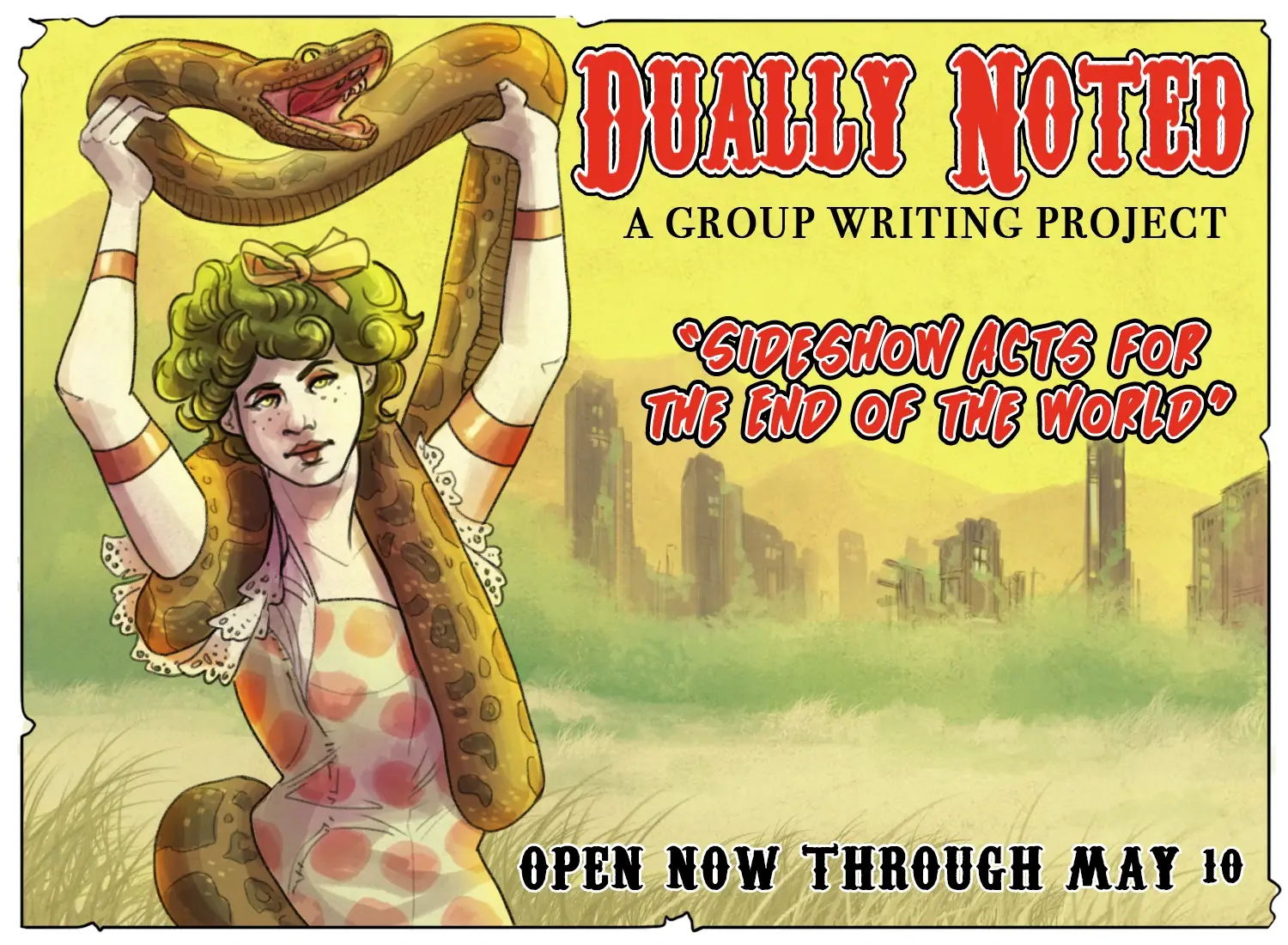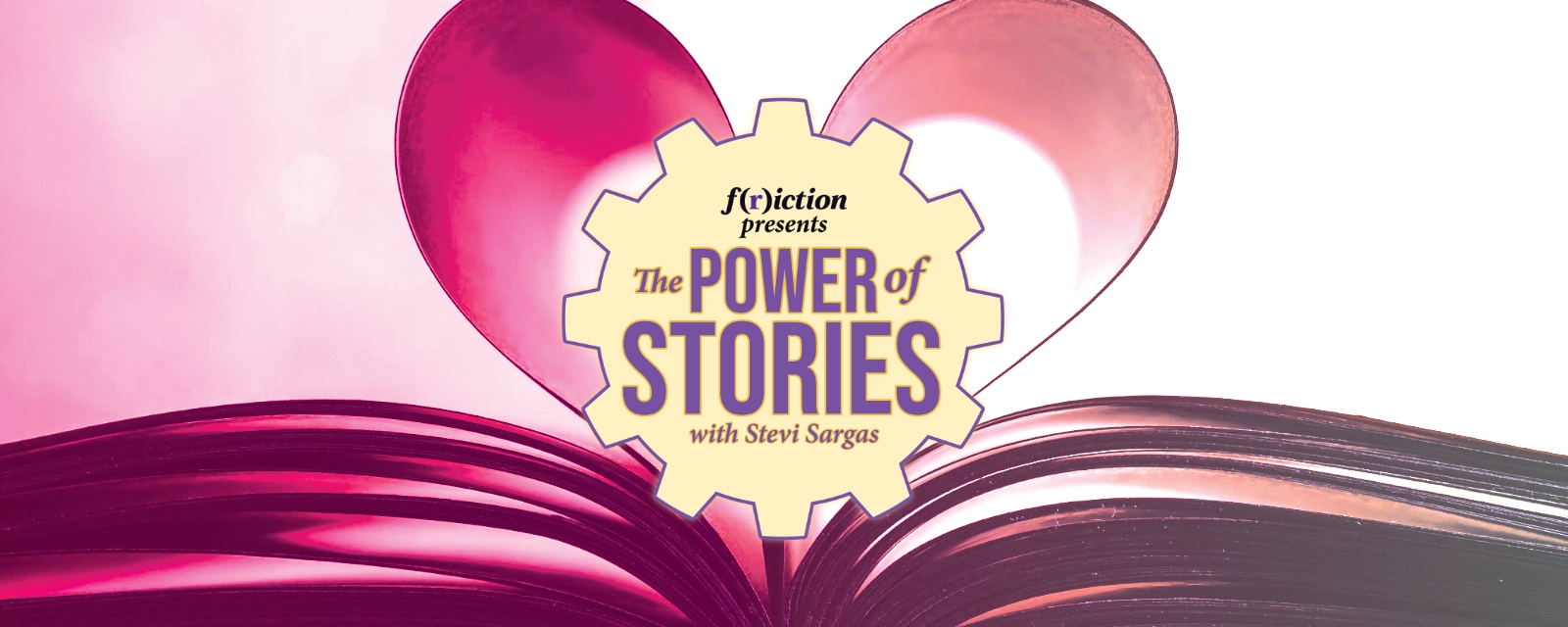
Stories as Therapy: How Narratives Heal
Humans are hardwired for storytelling. Across our civilisations we have used narratives, as simple as cave paintings or as complex as multi-generational oral histories, to share knowledge, to imagine, and to thrive. The stories we cherish transform us. They point to our joys, our grief, our solidarity and our loneliness alike, guiding us through the chaos of being human. And as it turns out, there’s a science to stories.
From ancient myths to modern novels, the most enduring narratives follow core patterns that map to our inner lives, affecting the chemicals released in our brains and enhancing our capacity for problem-solving and empathy. We bond through stories, and we solve problems through the creative play that storytelling offers. In short: storytelling heals.
The Science of Storytelling
In the early 20th century, psychologist Carl Jung popularised the concept of the collective unconscious, a sort of inherited psychological landscape populated by mythic archetypes and shared by humanity’s unconscious mind. These archetypes shape us at a primal level and influence our self-development throughout life. That’s kind of a lot, so I’m just gonna call his theory ‘galaxy brain’.
Galaxy brain is impossible to prove on account of our not being able to witness the interior of every living person’s mind (thank the gods). But we don’t need to prove it to get behind the idea of a common mythic language. Jung’s symbols–the hero, the villain, the trickster, and the sage–conjure storylike images and associations in us that feel as fundamental as life itself. Examining the social and even biological aspects of this phenomenon are just as promising as trying to prove galaxy brain, and in fact, recent scientific breakthroughs have pointed toward just that
Scientists have confirmed that stories shape us at a neurological level. Brain imaging reveals that reading or hearing about an experience activates the same regions in our brains as experiencing it. Not only that, but when we are told stories, our levels of cortisol, oxytocin, and dopamine–neurotransmitters involved with memory, focus, and social bonding–measurably rise. These discoveries hint at storytelling’s power in facilitating empathy and imaginative problem solving. It makes sense then that our proclivity for telling tales has persisted when it’s linked to our essential human qualities. Stories quite literally open our minds and our worlds, and we share in their collective symbology, just like Jung posited. Maybe the real galaxy brain is the friends we made along the way. (Yeah okay, I’ll see myself out.)
Mythology to Modernity
We now know that ancient myths endure through the ages because they represent patterns of human experience. Persephone’s cyclical descent into the underworld gives shape to the rhythms of depression and renewal, while Icarus’s flight to the sun warns us of the dangers of unchecked pride. Writer Joseph Campbell’s seminal work—The Hero with a Thousand Faces—takes Jung’s mythic journey and grounds it in narrative convention for modern application by writers the world over.
The Hero’s Journey, or monomyth, follows a central character’s call to adventure through trials and an eventual, wiser return. Stories that follow this template hit because they serve as representations of our personal journeys. They resonate with us as we cross thresholds, face moments of uncomfortable self-reckoning, and claim boons as we transform our life experiences into hard-won wisdom. By combining the science of psychoanalysis with the art of storytelling, Campbell’s monomyth reveals how the most impactful stories provide a narrative container for our emotional healing.
Books aren’t the only place the storytelling power of the monomyth lurks, either. Traditional fortune-telling systems rely on the same premise, turning whimsy into therapeutic insight (or both! Both is good.) Author Liz Greene’s Mythic Tarot ties each card in the tarot deck to the Grecian classic myths, highlighting each myth’s depiction of psychological growth. The Fool’s leap becomes Dionysus, representing optimism and impulsivity, while Tower’s rubble symbolizes Poseidon’s wrath and the necessary collapse of outgrown defenses. Our Literary Tarot puts an even broader spin on this by pairing each card with stories from classic literature across the globe, in collaboration with modern authors. These symbolic systems take the building blocks of the monomyth and place them in our individual hands, encouraging us to make the Hero’s Journey our own. And hey–they’re fun!
Reclaiming the Narrative
When we grab our Hero’s Journey by the horns, we open to a world of imagination and introspection. Therapeutic writing—reflective journaling, letter drafts, poetry—lets us externalize pain and reclaim agency. When we recognize ourselves in fiction, we’re participating in collective healing, turning tales into both personal and cultural growth. At Brink, F(r)iction’s parent nonprofit, we harness this power to dismantle barriers and uplift justice-impacted people with our FRAMES Comic Program, where incarcerated writers craft stories around their personal experiences. Empowering one another to reflect, imagine, and express our core truths rewires perspectives and opens new pathways in minds and lives alike.
As we tell and re-tell our stories, we build on our collective understanding, not just of symbolic archetypes but of each other. Plugging our own experiences into the monomyth gives us agency. Reimagining old tropes from new perspectives contributes to our shared knowledge. And listening when someone tells you their story builds a bridge between you that might change both of your lives for the better, transforming inner burdens into real moments of human connection. This is where the healing potential of stories shines brightest: in the space between speaker and listener, belonging begins.
‘The Power of Stories’ is a limited blog series exploring the ways stories weave themselves into the fabric of our lives. It’s an invitation to reflect on how narratives—whether passed down through generations or splashed across the big screen—shape who we are, how we connect, and the worlds we imagine. Each post peels back a new layer of storytelling. Next up we’ll explore how stories shape identity, community, and culture.
Recommended Reading from F(r)iction
- ‘Brilliance–A Comic Memoir’ by Juaquin Mobley, F(r)iction #21: The Unseen Issue
- ‘Facts of Fiction: Explaining The Hero’s Journey’ by Maribel Leddy, F(r)iction Log
- ‘Good As Gold–A Comic Memoir’ by Jaron Jay Cook, F(r)iction #23: The Gods Issue
- ‘In Pieces’ by Kay Gram, F(r)iction Log
- ‘Of Stars and Satellites’ by Marie Eljera, F(r)iction Log
- ‘When He Says That You’re a Goddess’ by Amy Strong, F(r)iction #23: The Gods Issue



